If you’re facing the first day of kindergarten knowing it will be your first day as the lead teacher in a kindergarten classroom, you’ve probably got a lot of thoughts swirling through your head right now.
What do kids learn in kindergarten? How do I teach kindergarten? What will the first day of kindergarten look like? Am I ready to provide all these 4- and 5-year-olds with the tools they need to succeed and conquer all the standards in the curriculum?
Before you psych yourself, out, take a breath!
As teachers ourselves, many of the members of the Teach Starter team have been right where you are.
We remember what it was like hearing from other teachers that kindergarten is tricky because for many kids it is their very first year of “real” school, and it sets the tone for the rest of their years in education. No pressure, right?
The truth is, kindergarten is different, but that’s not a bad thing.
It’s also a wonderful grade to teach, where you are able to see young students come alive and come into their own as they realize they’re able to succeed in a space without a parent or guardian walking beside them the whole time. It’s also a stage when students tend to dote on their teachers, which brings with it its own reward!
We want to help you get ready to teach kindergarten this school year, so we’ve put together this guide on everything from how to teach kindergarten. Read on for tips on everything from kindergarten books to stock in your classroom to some items to add to your kindergarten supply list.
- What Age Do Kids Start Kindergarten?
- What to Do Before Kindergarten Starts
- What to Buy for Your Kindergarten Classroom
- What to Do on the First Day of Kindergarten
- How to Teach Kindergarten — Tips Beyond the First Day
What Age Do Kids Start Kindergarten?
If you’re a new teacher in a new district, and this is your first kindergarten class, you may be wondering how old your new charges will be.
The answer is … complicated!
The birthday cut-off for starting kindergarten varies from state to state here in the US. In Connecticut, for example, children must have turned 5 before January 1 to start kindergarten. In New York, on the other hand, kids can still be 4 years old all the way up until December 1 of the year they begin kindergarten. Other cut-off dates vary around the country, from turning 5 on or before August 31 in Delaware to turning 5 on or before October 15 in Maine.
You may also find that you have a fair amount of 6-year-olds in your kindergarten classrooms. Research in recent years has shown more and more parents are “red-shirting” their kindergartners, resulting in 20 percent of American kids starting kindergarten at 6 years old.
Explore the age kids start kindergarten around the world!
What to Do Before Kindergarten Starts
You’ve got classroom set-up to take care of, plenty of faculty meetings and maybe even new teacher orientation. We know it’s a lot, so we’ll try not to overload you with too much before the kids arrive! Here are just a few tips that can make the first day (and the year) run more smoothly.

- Send a letter home to your new students. One of the teachers on our team used to send a postcard to each student in her new kindergarten class to help ease their apprehension about starting kindergarten. You can borrow her idea, or you can send a “meet the teacher” type letter for both students and parents in one.
- Create your classroom supply list. Not sure what you need parents to send in? Here are some suggestions that are commonly found on kindergarten supply lists so you have a sense of what to buy or ask parents and guardians to supply for their children:
- Playdough
- Glue sticks
- Baby wipes
- Packs of crayons
- Safety scissors
- Composition notebooks
- Headphones
- A container to hold their supplies
- Tissues
- Hand sanitizer
- Plan out your procedures and routines. Your procedures and routines are the underpinnings of any classroom, but it’s especially important to have strong routines in kindergarten, as many students have never experienced this type of structure before. Plan out things like transitions, silent signals to maximize time, how you want them to come into the room in the morning, where student belongings go, and so on.
What to Buy for Your Kindergarten Classroom
If you’re starting from scratch with a brand-new classroom, you might need to purchase a long list of items. Before you do, check with your school custodial staff to find out if there are any items of furniture or storage that you can re-use, and check with admin to find out what — if anything — will be provided by your school. You may also want to check with other teachers to see what they’re getting rid of as they declutter — teacher groups on social media are an excellent resource.
Whether you’re getting it for free or purchasing it, here’s a look at what you’ll likely need to set up a kindergarten classroom:
- Manipulatives for fine motor skills development and math
- A pocket chart for your classroom calendar
- Magnetic letters for building CVC words
- A bookcase and plenty of books
- Headphones
- Chart paper for anchor charts
- Markers for your whiteboard and for anchor chart creation
- Clipboards
- Pocket sleeves
- Colored paper
- Jumbo crayons and pencils
- A quality pencil sharpener
- Visual aids
- Hook and loop dots for hanging things
- Rug for circle time
- Reading chair (for you!)
- An easel
- Bins, bins and more bins for organization!
What to Do on the First Day of Kindergarten
Now that we’ve got that out of the way, let’s get you ready for that first day of kindergarten! Some of your new students may have attended a private nursery or preschool program before, or your district may have a pre-kindergarten where they were enrolled. But for many students, this will be their first experience with formal schooling.
You’ll need to keep that in mind on the first day as you’re laying the groundwork for their entire academic career. We don’t say that to scare you! In fact, this is one of the many things that makes teaching kindergarten so incredibly rewarding.
1. Introduce Yourself
Open your day with an introduction. Let your new students know some information about you that will make it easier to relate to you, like your favorite book, what kind of pet you have at home and your favorite school subject.
2. Complete a Getting to Know You Activity
Once they have gotten to know you, it’s time to get to know their new classmates, who they will spend the rest of the school year working and playing with! Schedule getting to know you activity that will give your kindergartners a chance to share a little about themselves with their peers.
3. Assume Your Students Don’t Know Anything
We don’t mean this to sound harsh — it’s simply a fact that they are likely brand-new to everything from standing in line to circle time to pushing in their chairs and even using (and sharing) classroom supplies. You’ll need start off reviewing your expectations on the first day of school and repeat yourself again and again in the weeks to come.
4. Go Slow
This falls in line with our tip above, but we’re specifically referring to supplies. Rather than overwhelming kindergartners with pencils and glue and scissors and on, introduce just one or two items on the first day and build up over the coming weeks.
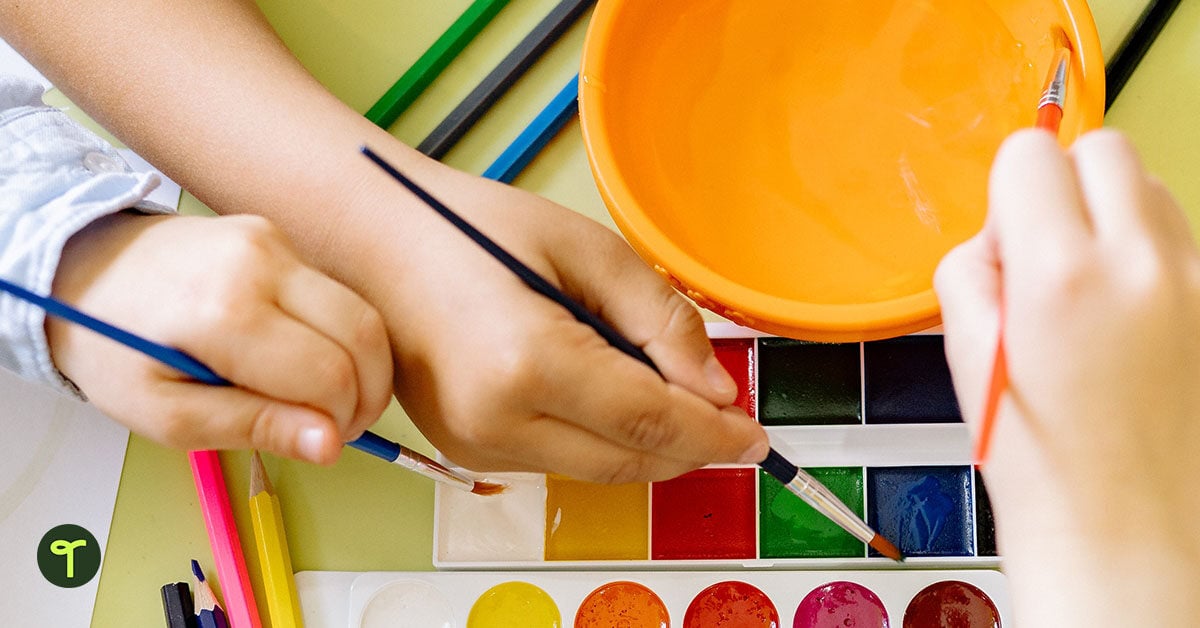
5. Bring Out the First Day of Kindergarten Books
We mentioned investing in a reading chair above, and you can put it to good use on the first day of school! Reading aloud is something you’ll get used to doing in kindergarten — some teachers on our team made a point to do it daily when they were in this grade. Start off strong on the first day of school with books that touch on this major transition. This can serve as an entry point into your class discussions about how students are feeling on their first day.
Here are a few kindergarten-specific favorites from our teacher team:
- If You Take a Mouse to School by Laura Numeroff
- David Goes to School by David Shannon
- We Don’t Eat Our Classmates by Ryan T. Higgins
- First Day Jitters by Julie Danneberg
- Wemberly Worried by Kevin Henkes
- Pete the Cat: Rocking in My School Shoes by Eric Litwin
- Llama Llama Misses Mama by Anna Dewdney
6. Hand Out Your New Student Badges
One of the things we love most about kindergarten students is the wonder and joy they express over some of the smallest things. Handing out a new student badge to every student in your class will give them something to show off to parents or guardians at home.
Of course, these are also important for helping school staff track which kids are going on which bus, who walks home and who has a car waiting to pick them up.
7. Take a Tour of the School
One of the most common fears kindergartners have is getting lost in their new school. You can help ease their worries with a tour of the school on the first day, visiting important spots like the bathroom (if you aren’t lucky enough to have one in your classroom), the cafeteria and the library, as well as introducing them to members of the school staff who they will be getting to know in the coming weeks.
Want to make your tour more fun? Turn it into a treasure hunt!
How to Teach Kindergarten — Tips Beyond the First Day
When the first day is over, chances are your students will be exhausted, and you might be too. This will get easier!
1. Model Expectations
This is something you can expect to keep doing throughout the school year. Even if you feel like you’re a broken record, do not worry. Keep on repeating yourself.
2. Use Golf Pencils
This is a fun tip that really works — the smaller pencils used by golfers are perfect for kindergartner-sized hands, and it will allow them to work their pincher grasp and strengthen their hand muscles.
3. Build Busy Bins for Your Early Finishers
It can be especially difficult for students this young to sit quietly while they wait for their peers to finish a task, so early finisher tasks are a must! Busy bins can be stocked with small connecting and building toys, beads and pipe cleaners to string them on, lacing cards and other items designed to help students to work their fine motor skills.
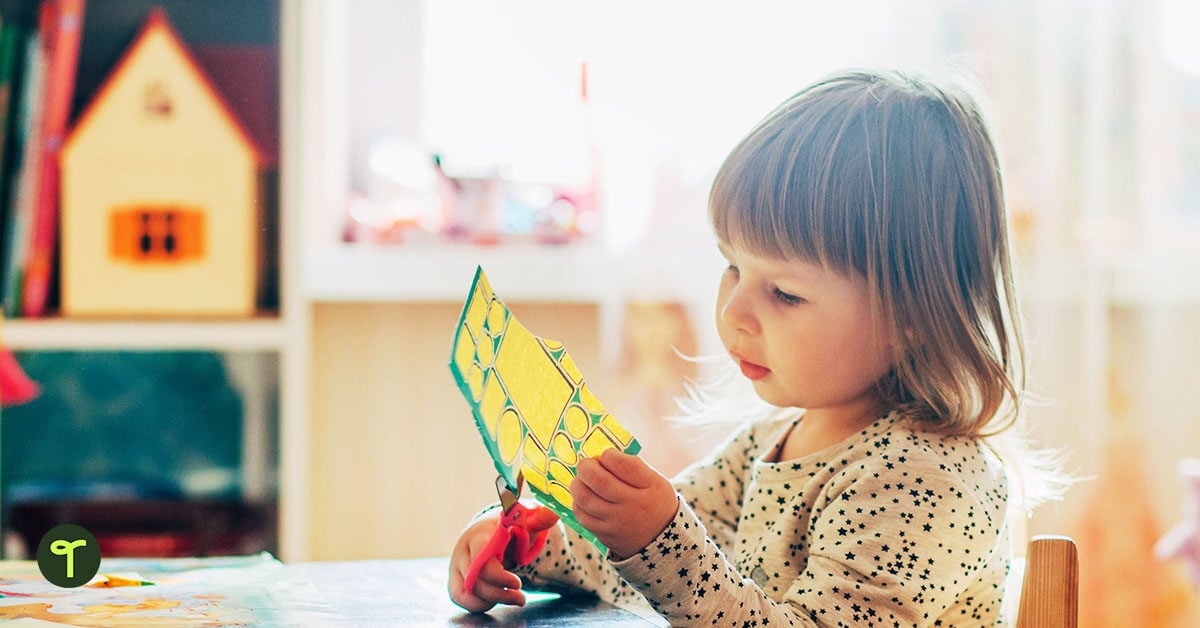
4. Develop Your Classroom Rules With Your Students
They may be some of the youngest students in the school building, but even kindergarten-age students need to have buy-in on the rules in the classroom.
5. Set Up Learning Centers
Learning centers have many benefits, making it easier to differentiate instruction and create student-led learning experiences. Younger students, in particular, tend to thrive with the sort of hands-on activities you can add to your centers.
Looking for specific centers for kindergarten? Try adding any of these to your list:
- Cutting with scissors
- Dramatic play
- Tracing their name, letters and numbers (before moving on to writing them)
- Making shapes, numbers, etc. with playdough.
- Counting with math manipulatives
6. Create a Calendar Routine That Supports Number Sense
Help students develop a deeper understanding of numbers, counting, patterns and the concept of time with your daily calendar time. Have a student identify the current date, day of the week and month, and count the days in the month together as a class!
You can use calendar time to select a number of the day that students then have to represent in different ways using tally marks or counting cubes, add in discussions of weather and temperature and more!
7. Build Open Lines of Communication With Parents
While the parent-teacher relationship is important at every grade level, you might find that kindergarten parents are more nervous — especially if this is their first child to head to school. Setting up a newsletter that you can send out weekly is a great way to keep parents informed about what’s going on and reduce their need to send you a thousand emails!
8. Create a Calming Corner
Little people have big emotions, and they’re still learning how to handle them. Creating a calming corner in your classroom provides them with a place to calm down as they develop the skills to control and regulate their emotions.
9. Incorporate a LOT of Movement Breaks
Once again, this is something we know applies to other grade levels, but it’s especially important in kindergarten as students at this age have attention spans of only 10 minutes or so. Be sure to incorporate frequent brain breaks into your lesson plans to keep your class moving!

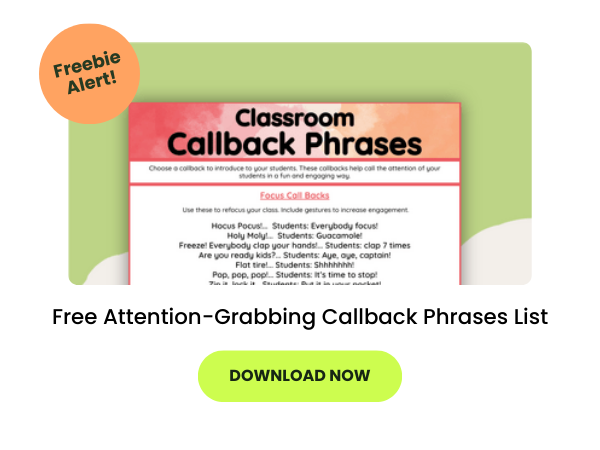

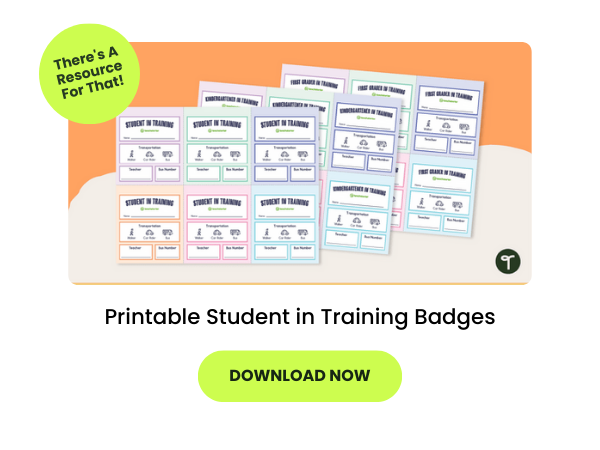
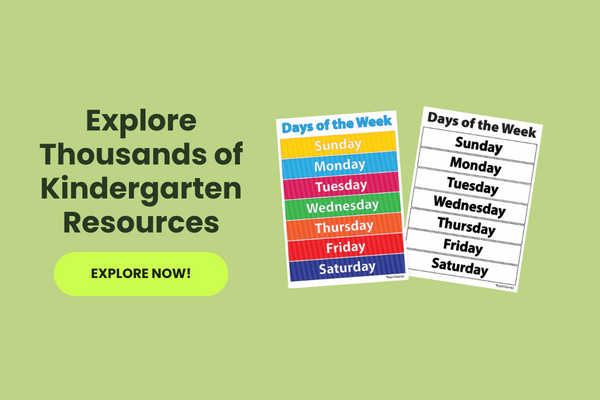






Comments